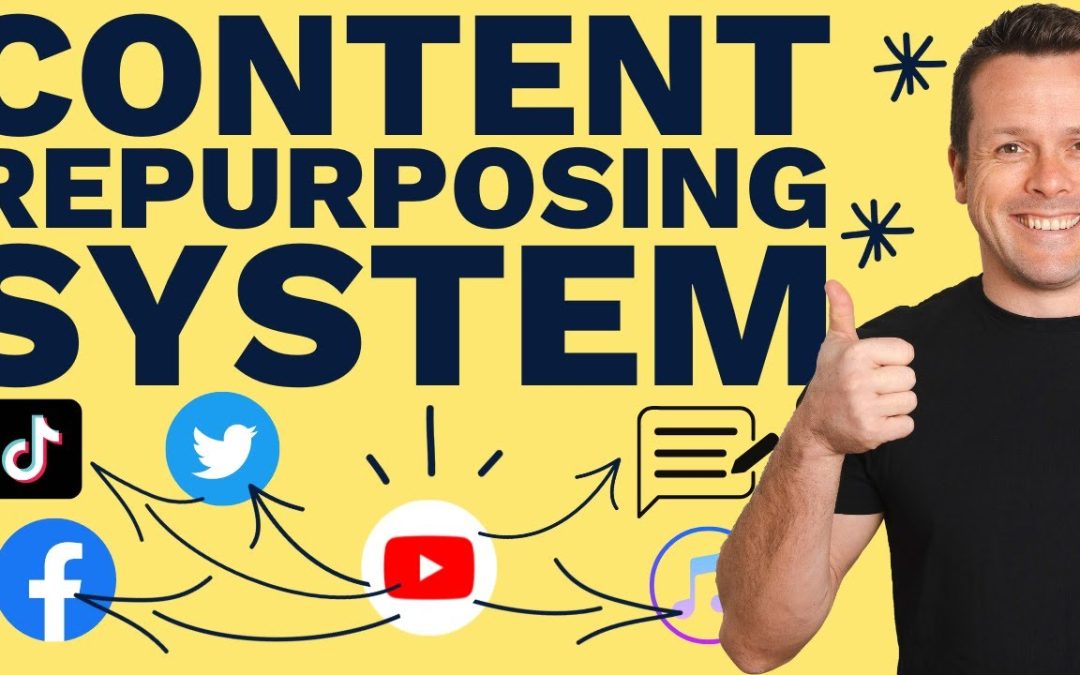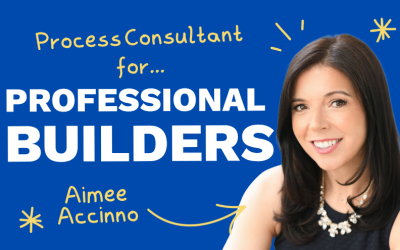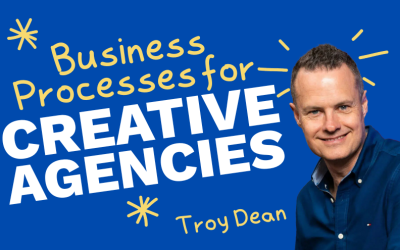Do you struggle to make consistent content that engages your audience?
Follow my content repurposing system, I call it Authority Content. It will transform your lifeless social media channels into a hive of activity.
Authority Content is precisely targeted marketing; consisting of a plethora of different media formats, that – when distributed – position you as a leader in your niche. When you create this type of high-quality content, you’ll effectively turn on a ‘traffic machine’, engaging both clients and prospects who are simply magnetized towards your expertise and waiting to do business with you.
Best of all, it’s a system! This entire marketing system can be documented and delegated to your VAs.
Timestamps:
0:06 The Authority Content Strategy.
2:25 It starts with an event.
3:13 Creating a large amount of content in one sitting.
3:46 Timecoding to chop up the video into little pieces.
4:26 Generating assets to repurpose.
5:58 How you might use the content.
6:50 Once it’s set up, you only need to have an event once a month.
7:40 The strategy summarized
Formatted Transcription:
The idea of Authority Content is a really powerful strategy that circles back around. If one of the biggest challenges you’ve got in your business is, “how do I stand out from the crowd?”, specialisation is part of that. You’ve got to clearly identify that target audience and get the word out.
You need to be omnipresent and make sure that you are front and centre in front of that target audience. So when they’re ready to make a decision, you automatically come to mind and help move them closer to making a buying decision.
This particular strategy came off the back of what I did with Melbourne SEO Services because it was probably the most effective marketing strategy that we had. So much so that I wrote a book about it called Authority Content.
It has to do with taking events, chopping them up into pieces, turning them into articles and podcasts, and basically syndicating them around. This helps feed this automated marketing machine and create content that can then get fed into your emails and help with warming prospects.
It starts off with some form of event. The reason I love an event is that it has a specific date when it happens. And usually, there’s going to be a group of people that come together to listen to you or someone present and share information. It’s that positive constraint of setting a specific day when that’s going to happen that makes sure that it happens.
The event could be a variety of things; it might be a live event, a webinar, a podcast of you interviewing another subject matter expert or an authority, whatever it is. The idea is that you’re creating a large amount of content in one particular setting that potentially can then be broken up into little pieces.
Let’s say it was a webinar. If someone sat down, watched this, and did what we call time coding—which is when someone watches it and says at timestamp 4:35 to 10:04—there is a nice little video that could be chopped out, then that could make a good a standalone YouTube video that shared a bit of information that helps the target audience.
Once it’s chopped into little pieces, you might also get it transcribed. You might have some sort of podcast from the audio. We already have three assets that can potentially be repurposed.
You tailor the video, put a little intro and outro on it, and then you upload it to YouTube. After that, take the transcription and put it on your blog. Then you watch to see which ones perform best. Those ones you might email out to your database or your prospects or people that you’re currently talking to. You also share it on socials—Facebook, Twitter, LinkedIn, Instagram, groups, etc.
Using this strategy, one live event could get chopped up into 15-20 pieces. Depending on how long the event is. We’ve got a video that can be optimised for YouTube, a blog that could be SEO’d, and we can send it out through our email. The best-performing videos could make it into your autoresponder sequence. You cherry-pick out the best ones and add them into an autoresponder sequence that’s a part of your marketing automation. Then you share some of the best ones on your social media platforms. Each one of these is a different piece.
Everything that happens here is just syndication. It’s a mechanical process that can be very easily turned into what we call a content machine and can be executed by a VA. It takes a little bit of work at the start to set it all up, but once it’s set up, it turns into a machine, where all you have to do is have a monthly podcast or run an event every couple of months or a webinar or whatever it might be, where you get to share some expertise.
This is how you create this omnipresence because then you start to specialize. You picked your target audience. You start connecting with your target audience on LinkedIn and Facebook. You’re now connecting with the right people who are your ideal target market.
Then you start posting consistent content to them on social media, speaking specifically to their industry and something that they’re interested in, which breaks through the noise, and stands out from the crowd. They watch a little bit of that content and go, oh, that was a good YouTube video.
Then they head back to your website and then they opt in for the free report or the letter or the video or the full version or whatever it is. You have a lead magnet that draws them back to then get onto your database.
On your database, you have this email sequence that helps to position you as the authority, the expert, keeps building you up by sharing case studies, and they’re on your database and you continue to send them content. You stay in front of your mind. Then, when they’re ready to make a decision or they need your service, you’re ready to go. I’m telling you now, this strategy is a game changer.









